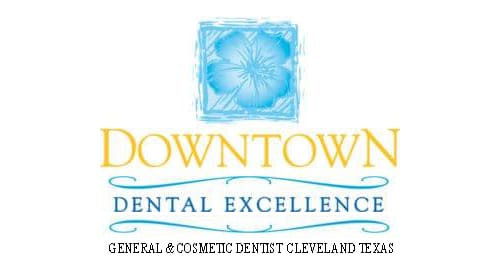Gums Swollen around One Tooth
If you’ve ever had a swollen gum that’s only swollen around one tooth, you may have felt it with your tongue or you may have seen it when you’re looking in the mirror. You probably wondered why that one spot was swollen, and whether it would go away or not. Sometimes, these swollen areas go away and we don’t think about them anymore, but if they reappear or if the swollen area spreads or grows more inflamed, see your dentist as soon as you can. A gum that’s swollen in one area could be because of an oral hygiene issue, or it could indicate an abscess or gum disease.
If you aren’t conscientious when you brush and floss, you might leave food debris behind. Food debris that stays on the teeth and just below the gums leads to inflammation and decay, which develops into gum disease. Indications of improper or inadequate oral hygiene include discolored gums -- either very pale or angrily red -- that are swollen and that may bleed while brushing. In its earlier stages, gum disease is usually painless, and swelling or bleeding of the gums could be an early sign of gum disease, even if it’s only around one or two teeth. Clean the area gently yet thoroughly, and see your dentist for a professional cleaning; with the proper care, the swelling will subside and your gums will be restored to health. Without care and professional attention, the initial swelling that’s common with gum disease could develop into periodontitis, a disease that is irreversible but treatable. When a patient has periodontitis, there may be pus present in the oral cavity, which can cause bad breath or a bad taste in your mouth. The gums will appear receding and loosened and may be visibly discolored. Advanced stages of periodontal disease eventually include the loosening and loss of the teeth as the bones of the jaw are invaded with bacteria.
If you have noticeably inflamed swelling around a single tooth, it may also be the result of an abscessed tooth. An abscess can result from an untreated cavity that has been colonized by bacterial infection. Symptoms include swelling in the gums and jaw, pain, and fever. If you think you might have an abscessed tooth, see your dentist right away. While rare, it is possible for the infection in the tooth to spread into the body’s other systems, which can cause very serious problems. Abscesses can be treated, but the infection will not go away on its own.
The best way to keep all of these issues at bay is with regular, effective oral hygiene. If you notice swelling around one tooth, first make sure there isn’t a piece of popcorn stuck in there or something. Sometimes some minor irritation can be a great reminder to floss and brush. If the inflammation remains, see your dentist. Regular checkups and cleaning can help prevent gum disease and abscesses and can keep you and your smile healthy and pain-free, so pay attention to your gums. They’re more important than you’d think.
